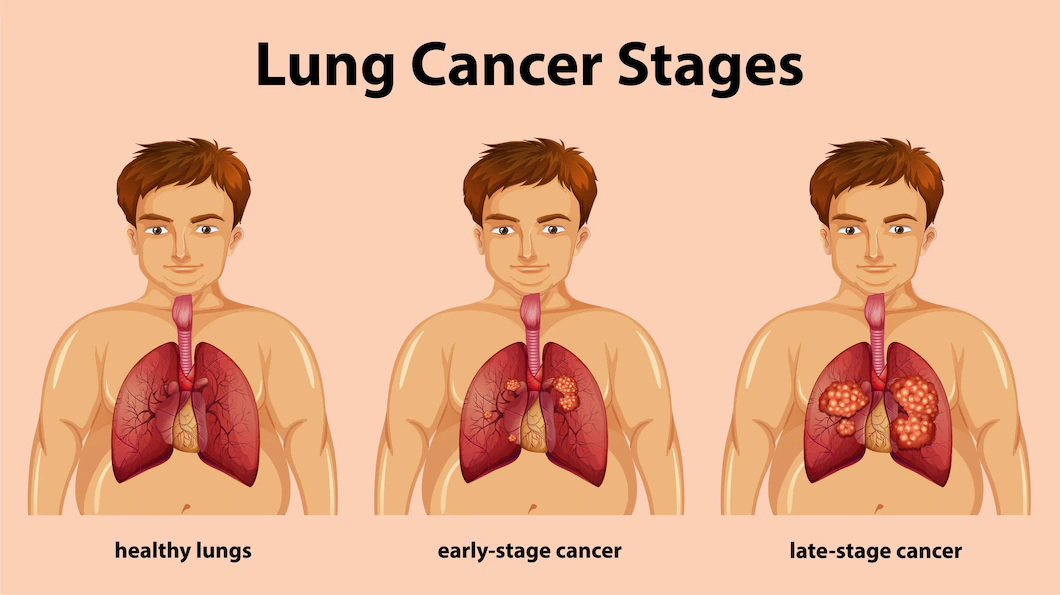


Lung cancer is one of the most prevalent and deadliest forms of cancer worldwide. Each year, it claims millions of lives, often due to late diagnosis and rapid progression. However, understanding lung cancer’s causes, symptoms, and treatment options can lead to earlier detection and better outcomes. This blog explores the key aspects of lung cancer, from its risk factors to advancements in treatment.
Lung cancer occurs when cells in the lungs grow uncontrollably, forming tumors that interfere with lung function. There are two main types of lung cancer:
Each type of lung cancer has different characteristics, treatment approaches, and prognoses.
Lung cancer can develop for various reasons, although some factors greatly increase the risk:
Other symptoms may occur if cancer spreads to other parts of the body, such as headaches, bone pain, or jaundice.

Early diagnosis of lung cancer improves survival rates. Common diagnostic methods include:
Routine screening for high-risk individuals (e.g., long-term smokers) can lead to earlier detection and improve survival rates.
While not all cases are preventable, certain lifestyle changes can lower the risk:
Lung cancer is a challenging disease, but early detection, lifestyle changes, and advancements in treatment are helping to improve survival rates and quality of life for patients. By increasing awareness, reducing risk factors, and supporting ongoing research, we can make strides toward better outcomes and, hopefully, a world where fewer lives are lost to lung cancer.
WhatsApp us